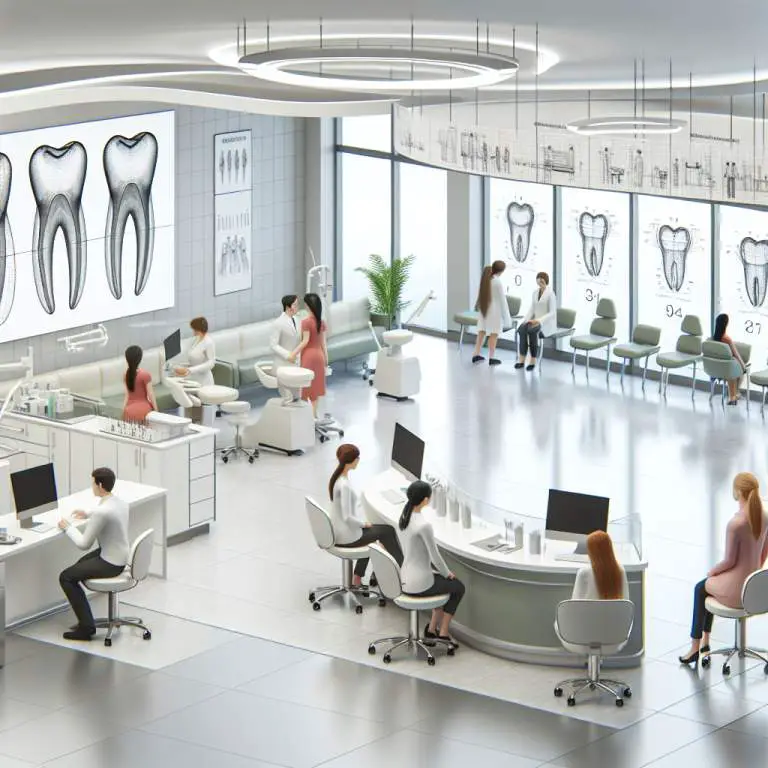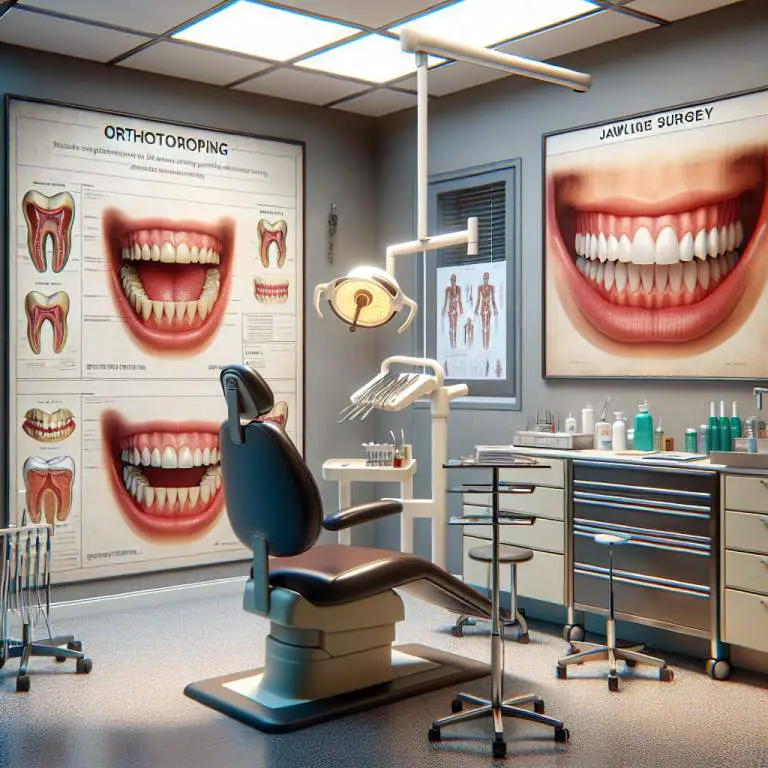Are the results of mewing more natural-looking compared to jawline surgery?
Yes, the results of mewing often appear more natural compared to jawline surgery. Mewing involves practicing proper tongue posture to gradually shape the jawline over time, leading to subtle changes that enhance one’s appearance without the need for invasive procedures. In contrast, jawline surgery provides immediate results but may not always blend seamlessly with an individual’s natural features.

How does mewing work to reshape the jawline?
Mewing is a technique that involves placing your tongue against the roof of your mouth. This position is supposed to help change the shape of your jawline over time. The idea is that by keeping your tongue in this spot, you’re using muscles in a way that can make your jawline look better.
People who teach mewing say it’s important to breathe through your nose while doing it. They also mention that how you hold your lips and teeth matters too. By doing all these things together, the muscles around your jaw and face might start to change shape. This could lead to a sharper, more defined jawline.
What are the potential benefits of mewing beyond aesthetics?
Besides making your jawline look nicer, mewing might have other benefits. Some people believe it can improve breathing problems. When you keep your tongue on the roof of your mouth, it can help keep your airways open. This might make it easier for some people to breathe, especially at night.
Another possible benefit is better posture. Mewing encourages you to keep your head and neck in a good position. This can help with neck pain and headaches for some folks. So, while many people start mewing to improve their looks, they might notice these other positive changes too.
Can mewing provide results comparable to jawline surgery?
Mewing and jawline surgery are very different ways of changing how your jaw looks. Surgery involves a doctor changing the shape of your bones or removing fat from around the jaw. It’s a big deal and can make a huge difference right away.
Mewing, on the other hand, works slowly by changing how you use certain muscles every day. It’s not as dramatic as surgery and doesn’t change bone structure directly. So, while some people see improvements with mewing, it’s not likely to give results as noticeable or quick as surgical options.
How long does it typically take to see results from mewing?
The time it takes to see changes from mewing varies a lot from person to person. Since it relies on gradually training muscles and possibly shifting bones slightly over time, patience is key. Some people might start noticing small differences in a few months, but significant changes could take years.
It’s also important to remember that everyone’s face is different. Factors like age, genetics, and how consistently someone practices mewing can all affect how quickly they see results. For those looking for faster or more guaranteed changes in their appearance, consulting with a professional may be a better route.
| Aspect | Mewing | Surgical Enhancements |
|---|---|---|
| Natural Appearance | Yes, aims to improve facial structure through natural muscle engagement. | No, changes are achieved through medical interventions. |
| Risk Level | Low, as it involves non-invasive techniques. | High, due to potential complications from surgery. |
| Cost | Minimal to none, can be practiced independently. | High, often requires significant financial investment. |
| Time for Visible Results | Long-term; changes may take months or years to become noticeable. | Short-term; results are typically immediate but may require recovery time. |
| Maintenance Required | Ongoing practice needed for sustained results. | Potential follow-up procedures for maintenance or correction of issues. |
| User Control Over Outcome | High, as improvements depend on consistent personal effort and technique. | Low to moderate, heavily dependent on the skill of the surgeon and body’s healing response. |
What are the risks or downsides of relying on mewing for facial restructuring?
Mewing, a technique that involves positioning the tongue against the roof of the mouth to potentially reshape the jawline, is not without its risks. One major downside is that it might not work for everyone. People have different bone structures and genetics, which can affect their results.
Another concern is that incorrect mewing techniques can lead to jaw pain or temporomandibular joint disorder (TMJD). This happens when people apply too much pressure with their tongue or do it incorrectly. It’s important to practice mewing carefully to avoid these issues.
How does jawline surgery alter the appearance compared to mewing?
Jawline surgery, also known as orthognathic surgery, makes significant changes to a person’s face. Unlike mewing, which may subtly enhance the jawline over time, surgery can dramatically alter one’s appearance. Surgeons cut and realign parts of the jawbone, leading to immediate and noticeable results.
While mewing relies on gradual muscle strengthening and potential bone remodeling over months or years, surgical options offer a quicker solution. However, surgery comes with its own set of risks like infection, nerve damage, and a long recovery period.
What do experts say about the effectiveness of mewing vs. surgical options?
Experts in orthodontics and facial reconstruction often express skepticism about mewing’s effectiveness for significant facial restructuring. They point out that while proper tongue posture can contribute to oral health, expecting dramatic changes from mewing alone might lead to disappointment.
In contrast, surgical interventions are recognized by medical professionals as effective methods for altering facial structure. These procedures are backed by scientific research and clinical trials proving their efficacy in reshaping the jawline and correcting misalignments.
Final Thoughts
Mewing presents an interesting concept in facial restructuring but comes with limitations and potential risks if not practiced correctly. It’s essential for individuals interested in this technique to approach it with realistic expectations and understand that results vary widely among different people.
For those seeking more dramatic or guaranteed changes in their jawline appearance, consulting with medical professionals about surgical options might be a more reliable path. Ultimately, whether choosing mewing or surgery, informed decisions based on accurate information and expert advice are crucial.







